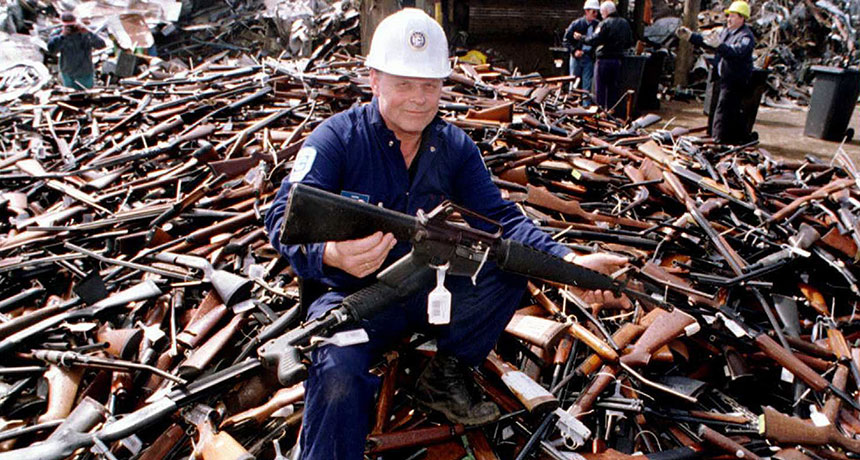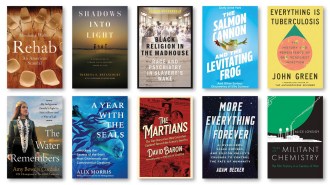Tough gun laws in Australia eliminate mass shootings
Study finds legislation effective in wake of 1996 massacre

BUYBACK In 1996, Australia initiated a program to purchase and destroy certain types of long guns, including semiautomatic weapons. Over the next four years, the country collected more than 650,000 guns.
WILLIAM WEST/AFP/Getty Images







